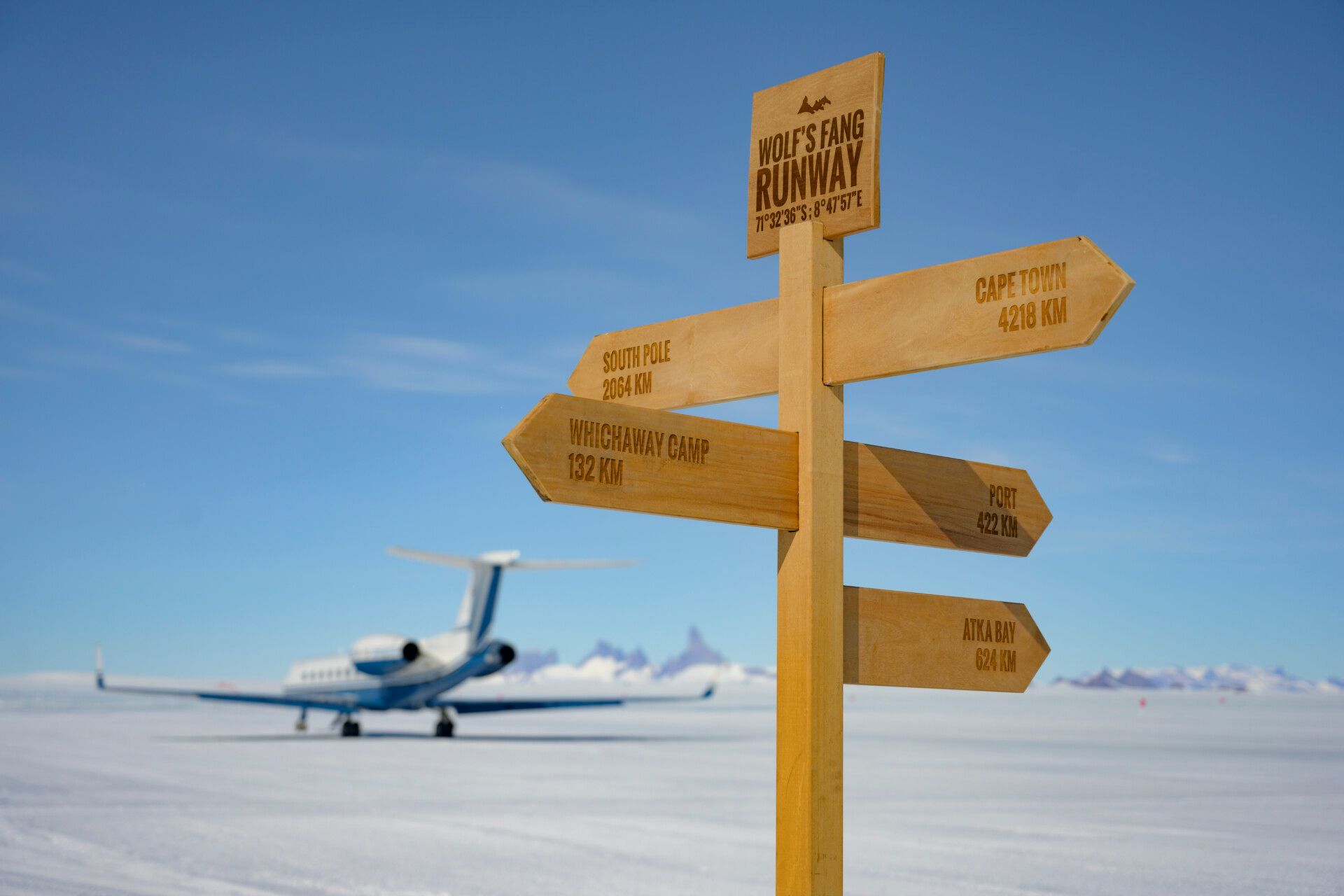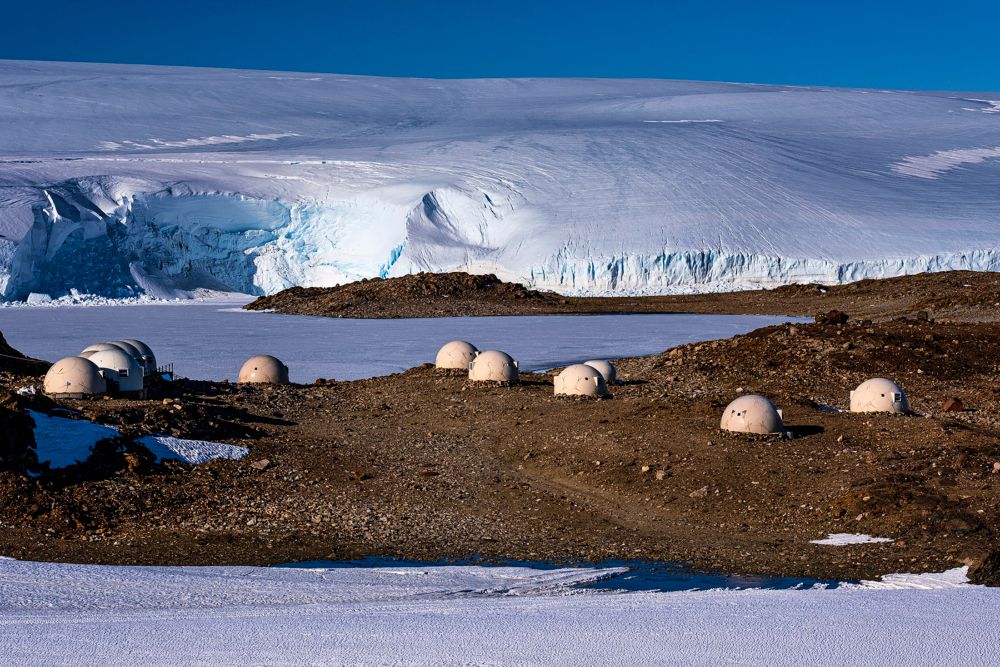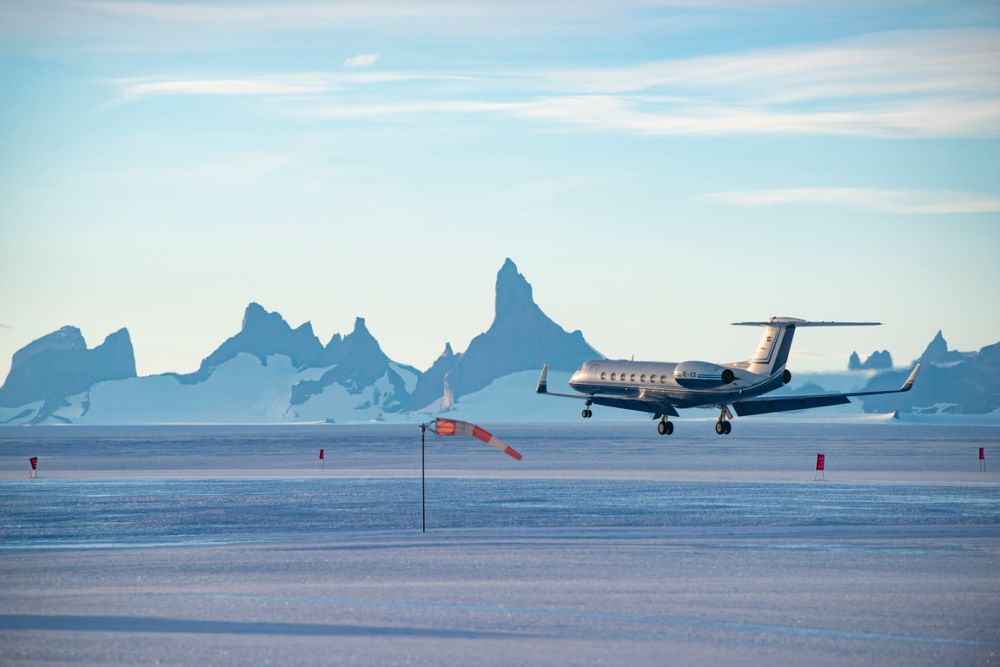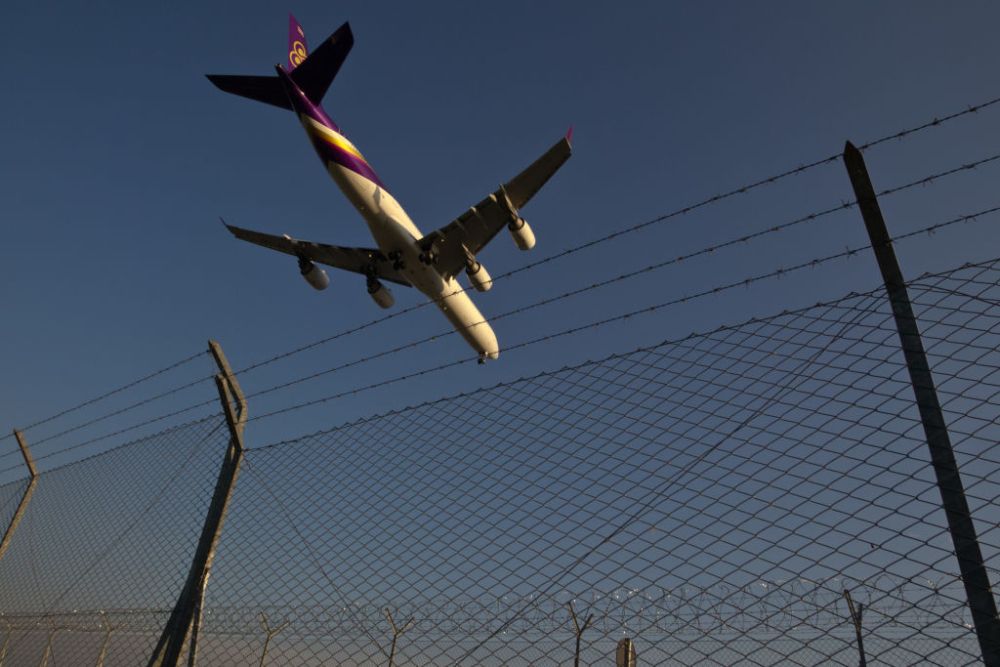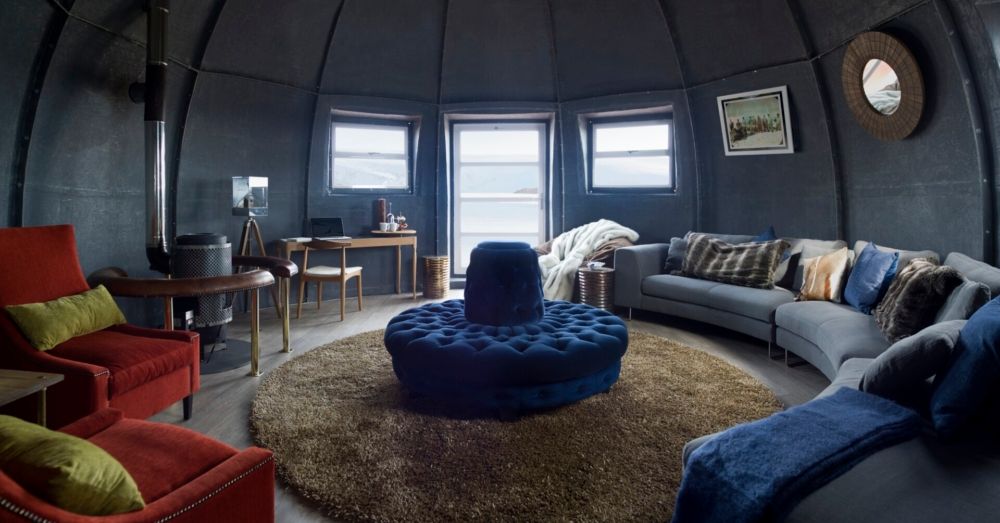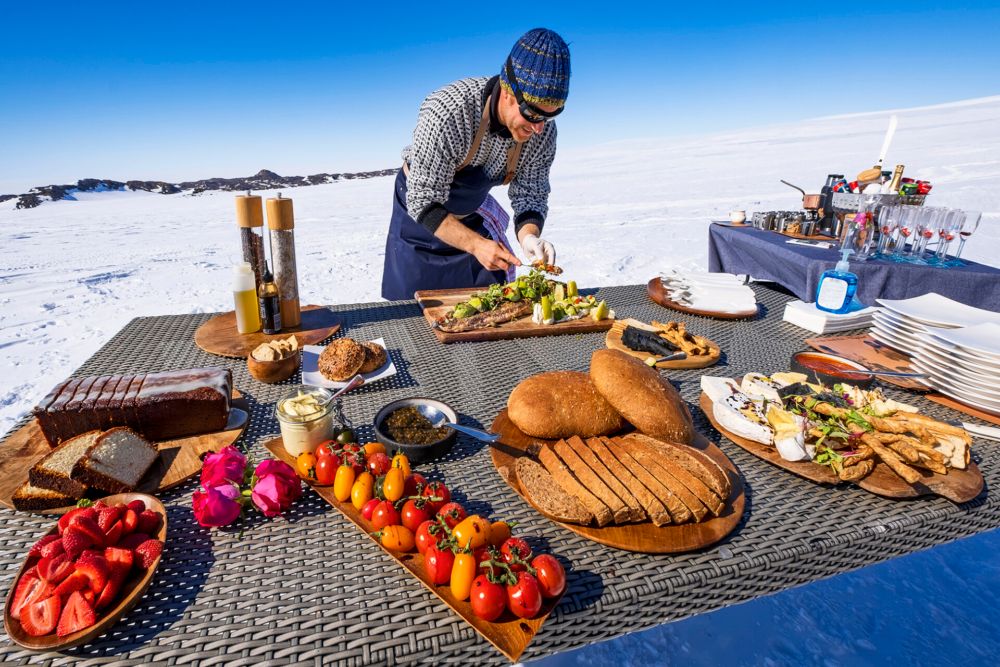Spanning 14.2 million square kilometers (5.5 million square miles), Antarctica has been described as the coldest, windiest, brightest, highest, and driest continent on Earth. With its unique attributes, it's no surprise that passengers are keen to head to the distant land via one of White Desert’s luxury tours. Due to a rare human presence in the area, the company has a crucial environmental role. Simple Flying recently caught up with its CEO, Patrick Woodhead, about how the firm operates carbon neutral flights to Antarctica.
An adventurous spirit
White Desert serves a diverse range of clients that have dreams of visiting the largest desert in the world. Guests fly in from all across the globe, including the United States, India, Russia, China, the Middle East, the United Kingdom, and the European Union.
When it comes to famous names, the likes of Prince Harry and Bear Grylls have flown to Antarctica with White Desert. Even Buzz Aldrin has traveled to the continent with the company. As the second man on the moon, the former Apollo 11 astronaut certainly knows a fair bit about exploration!
Woodhead explains that the common denominator among all of the guests is an appreciation for the sense of discovery that Antarctica represents. He notes that it is hard to find anywhere else like this place on the planet, and whether they are from the world of tech, finance, royalty, or Hollywood, all clients have a hunger for adventure. Overall, the clientele typically ranges from 35 to 75 years of age, with guests visiting with loved ones.
The right arsenal
White Desert primarily deploys its Gulfstream G550 to transport 12 passengers to its runway in Queen Maud Land. However, the firm is looking to add an Airbus A340 to its fleet. This widebody will carry cargo and scientists to their research stations. By sharing the plane with scientists and visitors, operations can be conducted more efficiently, which the firm hopes will help with the broader sustainability goals.
Woodhead notes that beyond White Desert’s commitments to the Paris Agreement and the UK Net Zero target, the company has targets to replace all Jet A-1 fuel in Antarctica with sustainable aviation fuel (SAF) over the next three years. Overall, the company is committed to constantly improving its operations to provide a safe and highly reliable air bridge from South Africa to Antarctica.
Covering all angles
With Antarctica one of the last expansive regions largely uninhabited by humans, White Desert has a duty to ensure that its operations are conducted sustainably. Therefore, the group mitigates all emissions generated by its flights and activities through fully accredited carbon offset schemes. Notably, it has been carbon neutral since 2007, an aspect that is a core value of the business.
White Desert’s sustainability initiatives include:
- Becoming the first Antarctic operator to use SAF, which will significantly reduce carbon creating an 80% smaller carbon footprint compared to traditional Jet A-1 fuel.
- Offsetting all of its flights, activities, and projects to ensure that it achieves net-zero greenhouse gas (GHG) emissions
- Utilizing modern aircraft with highly fuel-efficient engines
- Providing logistics support by delivering scientists to their research stations for vital climate change programs
- Designing eco-camps as temporary, removable structures
- Exporting all waste from Antarctica for recycling /responsible disposal
- Using photovoltaic panels and solar air heaters to reduce fossil fuel consumption
- Collaborating with air operators who have signed up to the Carbon Offsetting and Reduction Scheme for International Aviation (CORSIA) scheme, which uses market-based mechanisms to achieve tangible emission reductions
Hear from aviation’s movers and shakers. Book your free ticket for the Future Flying Forum!
The new climate
Like the whole aviation industry, White Desert has had to deal with the complications of the pandemic. Border closures and wider travel restrictions have taken their toll on the travel market. Nonetheless, with the situation starting to improve, White Desert is witnessing a turnaround, with travel becoming a reality for vaccinated travelers.
As a result, the company has been preparing well for this next stage in its story, which is set to be its busiest period. Sustainability will be central in this next chapter.
“We will be delivering a test quantity of 40,000 liters of sustainable aviation fuel to Wolf’s Fang Runway for our 2021/22 season. It will be utilized for all internal flights within Antarctica. In addition, we have upgraded our fleet of aircraft to include highly fuel-efficient engines that will further contribute to reducing emissions,” Woodhead told Simple Flying.
“In response to the increased demand for travel, we have also opened our brand new camp – Wolf’s Fang – named after the incredible mountain that dominates the skyline. The camp is designed to appeal to the more adventurous of our clientele, as opposed to the established luxury of our flagship camp, Whichaway. Both camps are nearly fully booked for this coming season, but there is still some availability, especially over the festive period.”
Ultimately, White Desert is determined to continue its mission of efficiently transporting tourists and scientists to Antarctica. Conducting these services in an environmental manner is part of the parcel for the organization.
Climate change is one of several crucial environmental factors that White Desert has to consider when operating in Antarctica. The company covers numerous safety and logistical measures in the air and on the ground.
What are your thoughts about White Desert’s operations to Antarctica? What do you make of the logistics that go into such services? Share your overall thoughts with us in the comment section.

